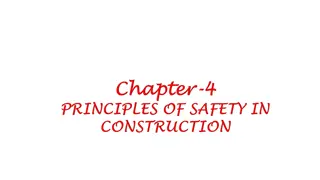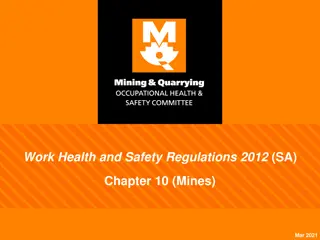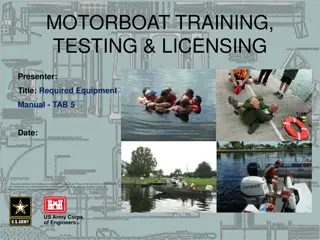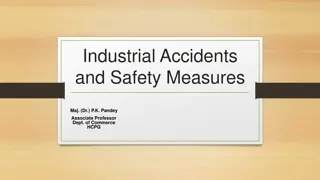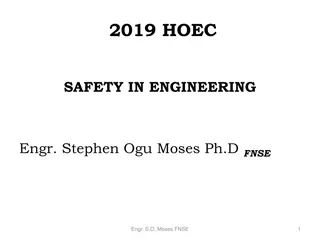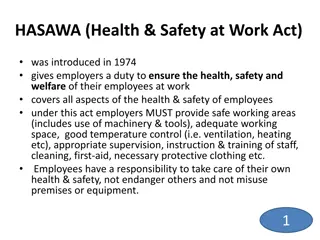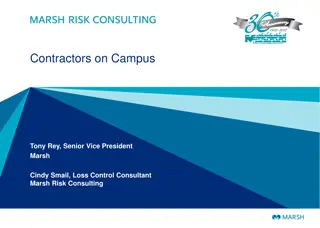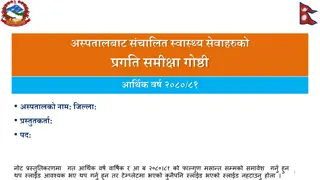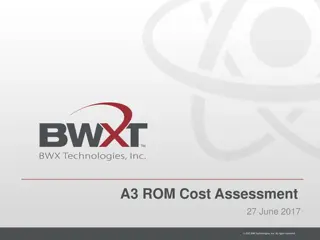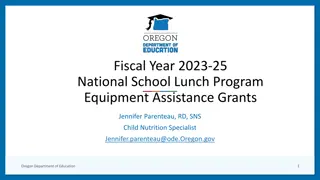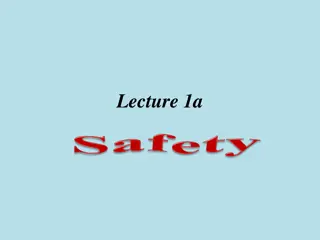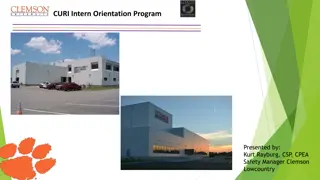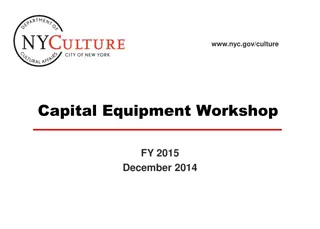PUWER Regulations for Work Equipment Safety
PUWER regulations aim to minimize risks to health and safety from work equipment, covering selection, use, maintenance, and protection from specific hazards such as ejection, rupture, fire, and more.
Download Presentation

Please find below an Image/Link to download the presentation.
The content on the website is provided AS IS for your information and personal use only. It may not be sold, licensed, or shared on other websites without obtaining consent from the author.If you encounter any issues during the download, it is possible that the publisher has removed the file from their server.
You are allowed to download the files provided on this website for personal or commercial use, subject to the condition that they are used lawfully. All files are the property of their respective owners.
The content on the website is provided AS IS for your information and personal use only. It may not be sold, licensed, or shared on other websites without obtaining consent from the author.
E N D
Presentation Transcript
Purpose of the regulations The aim of PUWER is to prevent or control risks to people's health and safety arising from work equipment. Provides minimum health and safety requirements for the provision and use of work equipment in the workplace.
Scope of regulations The term work equipment means any equipment provided for use at work. This can include: hammers, ladders, drilling machines, power presses, circular saws, lifting equipment and motor vehicles. If employees bring their own equipment for use at work this will also be covered by PUWER and the employer has a duty to make sure it complies with the regulations. 'Use of equipment' includes starting, stopping, repairing, modifying, servicing, maintaining, cleaning and transporting.
PUWER requires that work equipment is: Suitable for its intended use Safe for use, maintained in a good condition and in certain circumstances, inspected to ensure its safety Used only by people who have received appropriate information, instruction and training Accompanied by suitable and sufficient safety measures, eg protective devices, guards, interlocks, marking and/or warnings.
Work Equipment (PUWER Work Equipment (PUWER) Care and attention must be taken in the selection of work equipment. A risk assessment should be undertaken and the most appropriate work equipment chosen for maximum protection in terms of health and safety. All new machinery should be CE marked, provided with an EC Declaration of Conformity and be provided with instructions in English.
Work Equipment (PUWER) Work Equipment (PUWER) PUWER also specifies that individuals must be protected from specific hazards, or where complete protection isn t possible, the risks of such hazards must be controlled: Articles/substances falling or being ejected from work equipment Rupture or disintegration of work equipment Work equipment catching fire or overheating Unintended or premature discharge of any article or of any gas, dust, liquid, vapour etc Unintended or premature explosion of any work equipment or associated articles or substances Protection should also be provided to prevent burns or scalds from high or low temperatures associated with machinery or it product.
Duties of employees Duties of employees Employees do not do not have duties under PUWER However, employees still hold duties under the health and safety at work act and the management of health and safety at work regulations to take reasonable care of themselves and others who may be affected by their undertaking.
All Equipment All Equipment Regulations 4 to 9 Regulations 4 to 9 Existing Equipment Existing Equipment Regulations 11 to 24 Regulations 11 to 24 New Equipment Regulations 10 Mobile Equipment Regulations 25 30 Power Presses Regulations 31 to 35
Purchase and use of second hand equipment If equipment is supplied second hand it is the duty of the supplier to make sure it is safe and that there are instructions to enable safe use. Second hand equipment may not always have ce marking.
Principles of machinery guarding Prevent contact with moving parts Remove energy from moving parts Provide more reliable machinery Adjustment and maintenance Ergonomic principles Training and work procedures
Supporting documentation: Maintenance records Records of equipment inspection Training records (including synopsis of training content) Process inspections (temperature/pressure checks etc.) Safe working procedures (permit to works systems) Other related risk assessments





